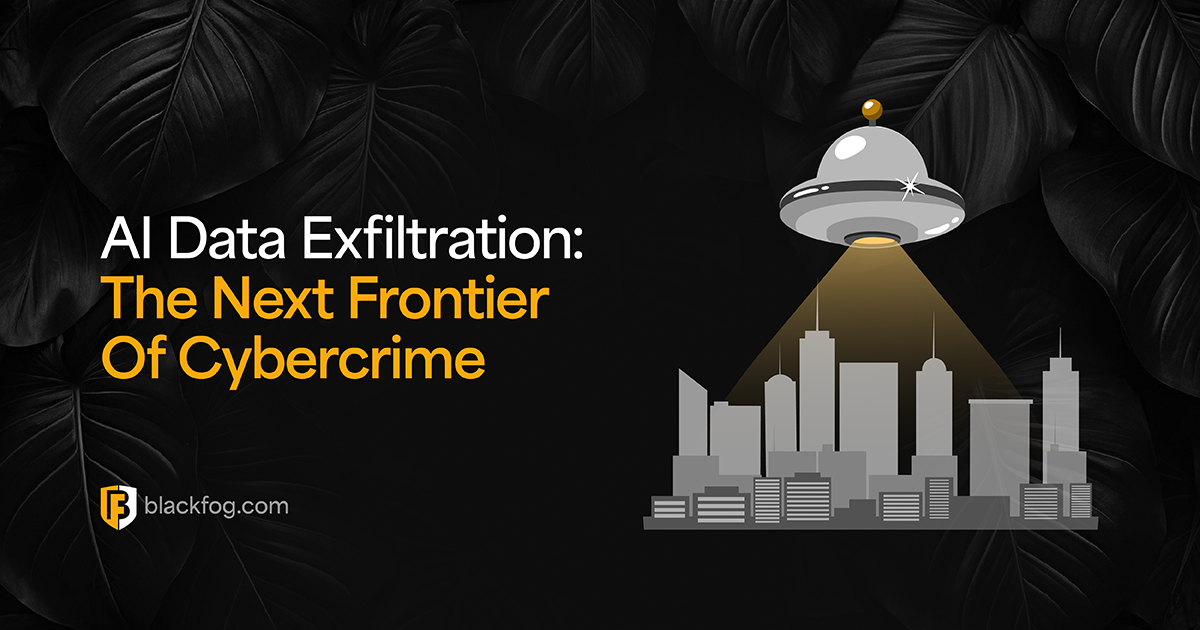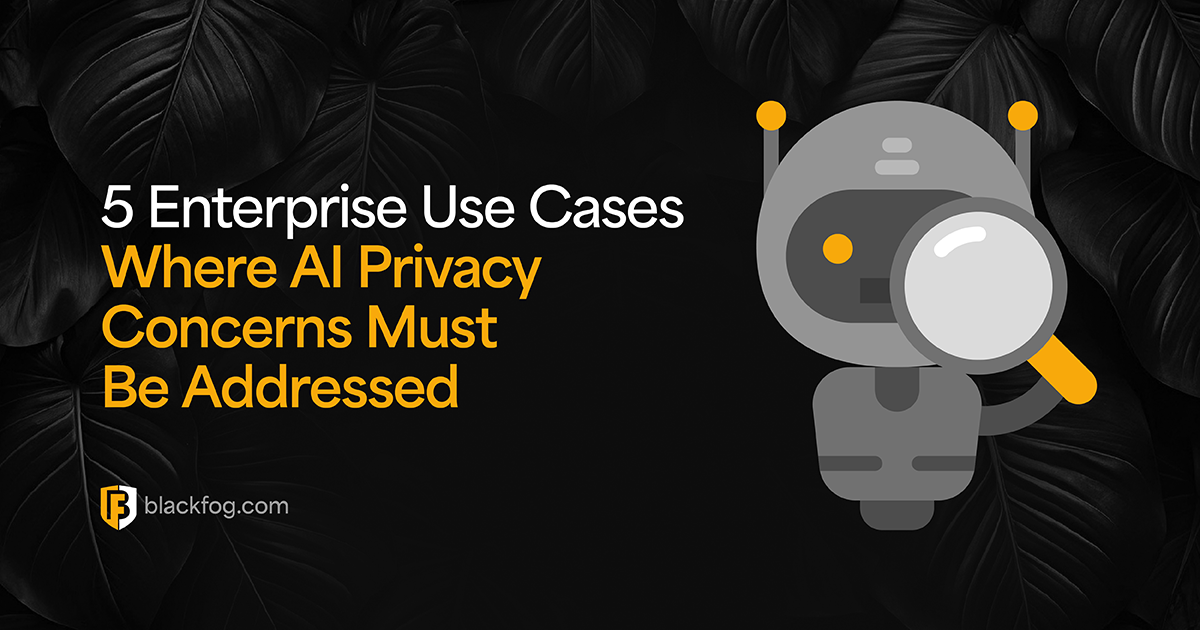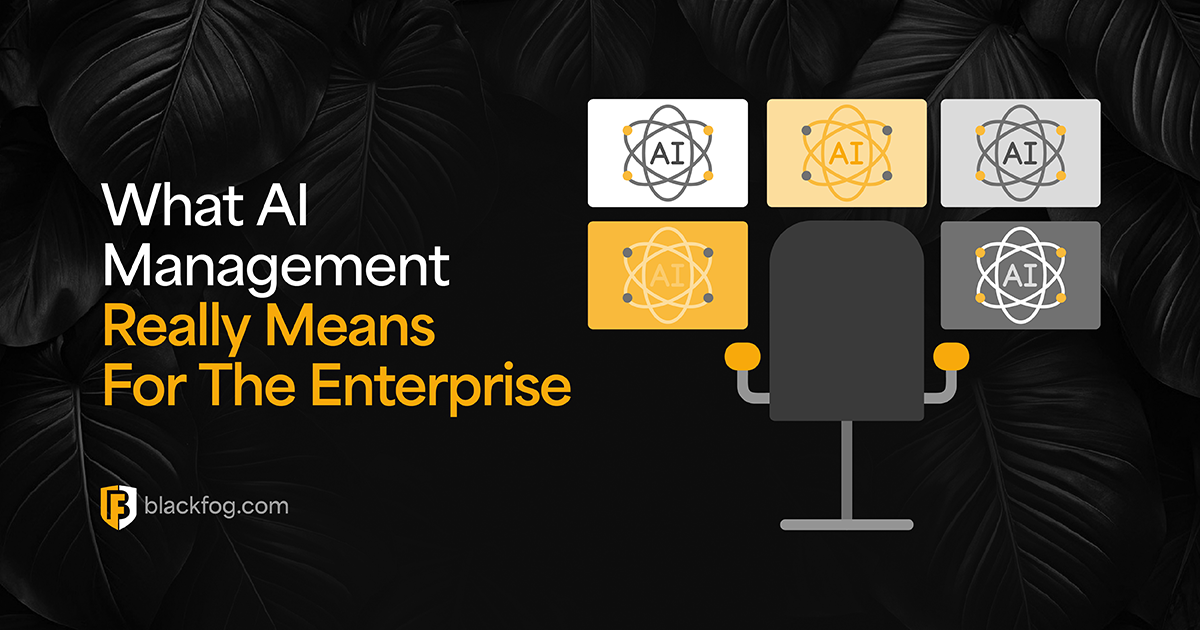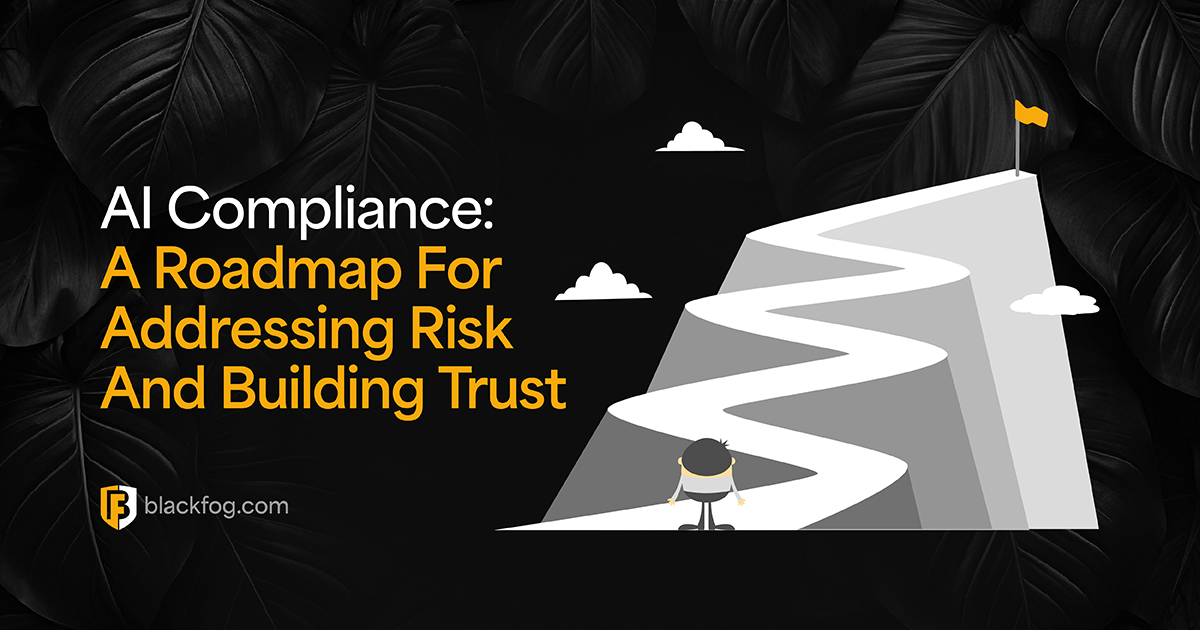
Have you ever wondered how attackers can take control of a system without even being near it? That’s what a remote code execution (RCE) exploit allows them to do. By exploiting remote systems through vulnerabilities in software, network protocols, or vulnerable applications, hackers can execute commands remotely, injecting their own malicious code into a system.
The consequences of remote code execution vulnerabilities can be devastating. Think back to the WannaCry ransomware attack in 2017. By exploiting a remote code execution vulnerability in Windows’ Server Message Block (SMB) protocol, this attack infected over 200,000 systems worldwide. It locked up data, demanding Bitcoin to restore access. The fallout disrupted hospitals, factories, and businesses globally.
The stakes are extremely high for businesses. Remote code execution attacks can cause massive data breaches, operational downtime, regulatory fines, and long-term reputational damage. Understanding what an RCE exploit is, the types of RCE attacks, and how to implement RCE attack prevention strategies is useful for protecting your systems and data.
What is Remote Code Execution (RCE)?

Broadly speaking, an RCE exploit is a type of attack that allows hackers to run their own executable code on a remote system. It’s like handing a stranger the keys to your house—they can do whatever they want once they’re inside.
These attacks usually happen because of common RCE vulnerabilities, such as failing to perform proper input sanitization, unsafe deserialization, or memory management issues like buffer overflows.
To give you an example, the CyberPanel exploit (CVE-2024-51567) allowed attackers to bypass authentication and inject malicious shell commands into a vulnerable HTTP parameter. Similarly, Log4Shell (CVE-2021-44228) exploited improper handling of user-controlled input in Java’s Log4j library, which could result in remote code execution.
Both vulnerabilities demonstrate how attackers can execute arbitrary code on remote systems, enabling them to gain control, steal sensitive data, or spread malware across entire networks.
Different Types of RCE Attacks
Not all remote code execution attacks work the same way. Here are the main types of RCE attacks you should know:
- Direct RCE attacks – These attacks allow attackers to directly inject and execute malicious code. For example, in the CyberPanel exploit mentioned above, a poorly secured parameter was used to run dangerous commands like filename; rm -rf /, which could delete files.
- Indirect RCE via injection – Sometimes, attackers use vulnerabilities like SQL injection (SQLi) or server-side request forgery (SSRF) to sneak executable code into a system. A well-known example is the ProxyLogon vulnerability in Microsoft Exchange. By chaining multiple vulnerabilities, attackers gained the ability to execute arbitrary code on targeted systems.
- File inclusion vulnerabilities – These attacks exploit poor file validation, allowing attackers to upload or include files containing malicious code. For instance, some web applications may process uploaded files, like images, which contain embedded PHP scripts. Once processed, these scripts execute commands, giving attackers control over the vulnerable application.
How RCE Vulnerabilities are Utilized
Hackers generally follow a somewhat structured process to exploit remote code execution vulnerabilities. Here’s how it usually works:
- Reconnaissance – First, attackers scan the internet for vulnerable applications or outdated systems using tools like Nmap or Shodan. This step helps them identify potential entry points in web applications or servers.
- Building the payload – Once a target is identified, attackers create a payload – a piece of malicious code tailored to the system. For example, the CyberPanel exploit used Python scripts to bypass authentication and inject commands.
- Delivery – The payload is then delivered through methods like HTTP requests, file uploads, or network protocols. In the MOVEit Transfer attacks of 2023, attackers exploited a deserialization vulnerability in .NET to upload webshells and steal data.
- Post-exploitation – Finally, after gaining access, attackers use tools like Metasploit or Cobalt Strike to move laterally across the network, steal data, or deploy ransomware.
Consequences of RCE Exploits to Businesses
Unfortunately, the consequences of RCE exploits can be severe. Companies risk losing sensitive data, facing regulatory fines, or even shutting down operations temporarily.
The Equifax breach in 2017 exposed the personal data of 147 million people. Attackers exploited a remote code execution vulnerability in Apache Struts, costing Equifax over $1.4 billion in fines and settlements. Beyond the financial losses, incidents like this destroy customer trust and take years to recover from.
Remote code execution attacks can also lead to ransomware infections, as seen with WannaCry ransomware. By exploiting an RCE vulnerability, attackers locked up systems, including hospitals, banks, and factories, causing billions in damages.
Regulatory penalties under laws like GDPR add another layer of risk, with fines reaching up to 4% of global revenue for failing to protect customer data. Simply put, ignoring remote code execution vulnerabilities can have long-lasting consequences.
How to Prevent RCE Utilization
Stopping remote code execution attacks starts with addressing common RCE vulnerabilities. Here’s how:
- Patching and updates – Lots of attacks exploit outdated software. Make it a priority to update systems and apply patches regularly. For example, the CyberPanel exploit could have been avoided with a simple software update.
- Secure coding practices – Developers need to validate and sanitize all user inputs. Using parameterized queries instead of dynamic SQL statements can prevent SQL injection while avoiding unsafe functions like eval() reduces risks. Input sanitization is a cornerstone of RCE attack prevention.
- Web application firewalls (WAFs) – A web application firewall adds an extra layer of protection by blocking suspicious traffic before it reaches your system. Tools like ModSecurity and Cloudflare are great options to filter out dangerous requests containing malicious code.
- Principle of least privilege – Limit the permissions of applications and users. For example, running servers as non-root users ensures that even if an attacker gains access, the damage is quite minimized.
- Vulnerability scanning – Regularly test your systems for remote code execution vulnerabilities. Tools like Burp Suite and OWASP ZAP simulate attacks to uncover weak points, while scanners like Nessus and Qualys identify outdated or misconfigured software. This step is an important part of RCE attack prevention.
Detecting and Reducing RCE Vulnerabilities
The mitigation and detection of RCE attacks require a mix of smart tools and proactive measures. Vulnerability scanners like Qualys, Nessus, and OpenVAS are excellent for identifying known issues in software or web applications.
For more advanced detection, manual penetration testing can uncover vulnerabilities that automated scanners might miss. Tools like Burp Suite and OWASP ZAP are particularly effective for testing input sanitization and identifying insecure file uploads.
On the mitigation side, memory protection mechanisms like address space layout randomization (ASLR) and stack canaries help prevent buffer overflows, while sandboxing ensures untrusted executable code runs in isolation. Factoring in RCE attack prevention practices like these reduces risk by a huge amount.
Future Trends and Challenges in Tackling RCE Exploits
The future of remote code execution attacks is quite problematic. Cybercriminals are becoming more efficient, often relying on automated tools to quickly scan for and exploit vulnerabilities across countless systems. If you browse cybercrime forums, you’ll find these exploits being bought and sold like any other product.

RCE Exploits Example
Image: An example of RCE exploits being sold on a Russian cybercrime forum
Zero-day vulnerabilities also remain a major issue, especially since attackers target high-value systems before fixes are even available. What’s even more alarming is how they’re leveraging everyday tools like PowerShell or Python to execute malicious code, making these attacks harder to detect. This ultimately means that by implementing the strategies we outlined above, you will have a better chance of protecting yourself against these kinds of threats.
Protect Against RCE Exploits with BlackFog
When RCE vulnerabilities are exploited, attackers often aim to exfiltrate data or deploy ransomware during the post-exploitation phase. This is where BlackFog comes in. By preventing data exfiltration and blocking ransomware before it executes, BlackFog provides an advanced layer of protection against RCE attacks.
Don’t wait for an attack—secure your systems today with BlackFog.
Share This Story, Choose Your Platform!
Related Posts
AI Data Exfiltration: The Next Frontier Of Cybercrime
How are cybercriminals using AI data exfiltration to enhance their ransomware attacks and what must businesses do to counter these threats?
5 Enterprise Use Cases Where AI Privacy Concerns Must Be Addressed
AI privacy concerns are rising with AI adoption - five use cases highlight the key issues businesses must consider.
What AI Management Really Means For The Enterprise
Ongoing AI management is essential in maintaining compliance in a challenging environment. Here's what businesses need to consider.
AI Security Risks Every Business Must Know About
AI Security Risks are growing as AI embeds in business. What key threats must firms address to stay compliant with data regulations?
Who’s Really In Charge? Why AI Governance Is Now A Business Imperative
Find out why a strong AI governance program will be essential if enterprises are to make the best use of the highly in-demand technology.
AI Compliance: A Roadmap For Addressing Risk And Building Trust
AI compliance is set to be a major focus for businesses in the coming year. Here's what you need to know to make this as easy as possible.






